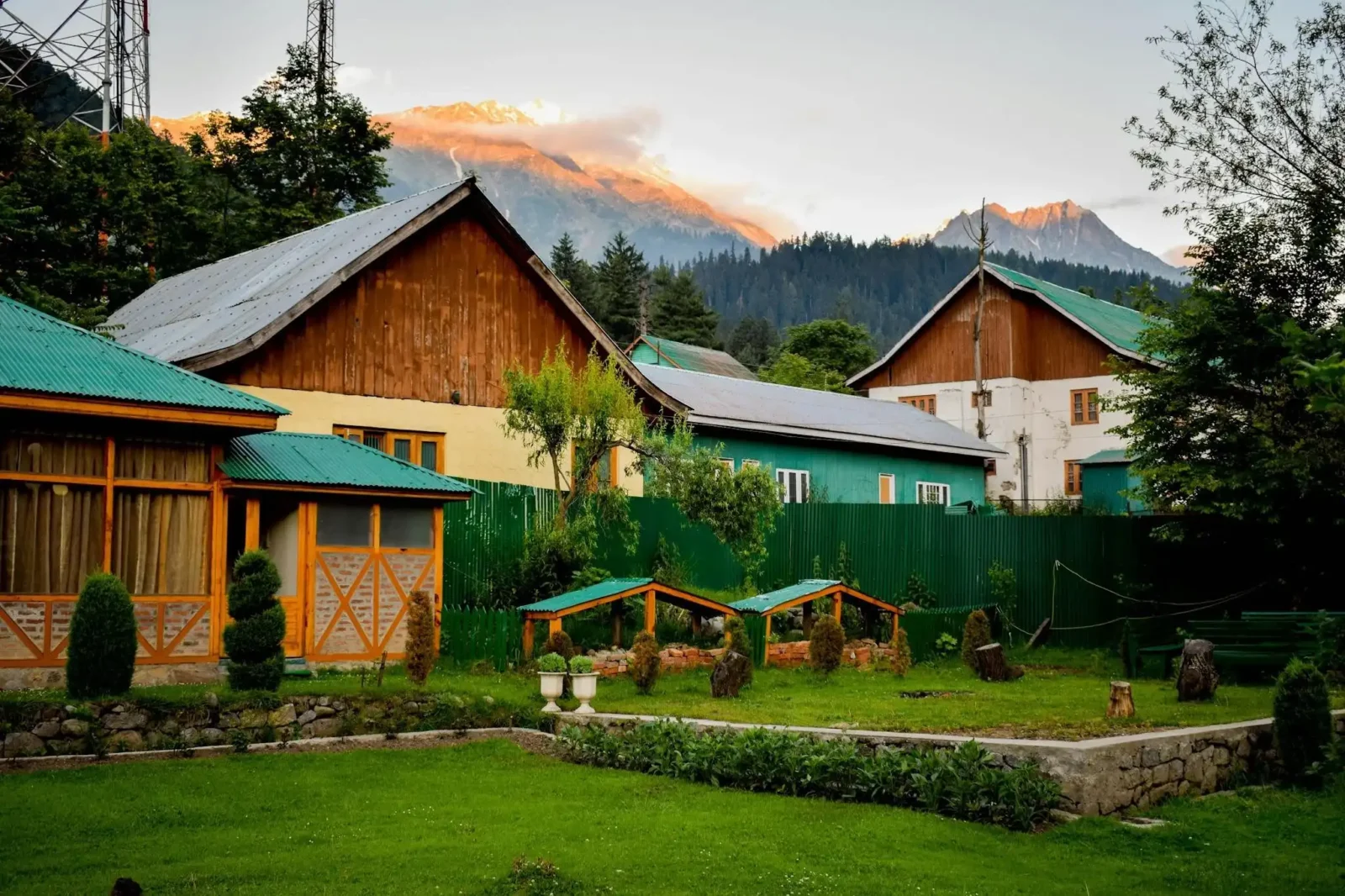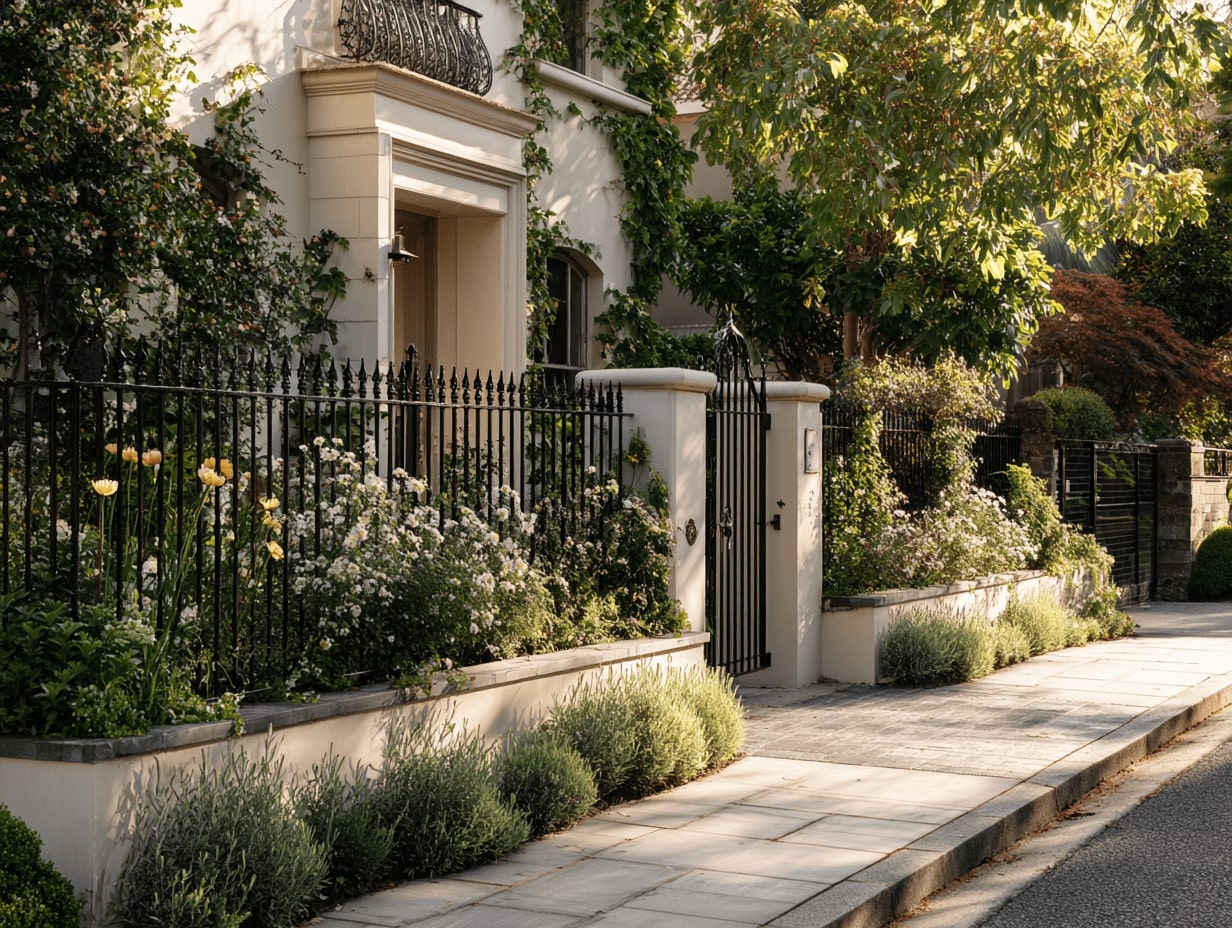- Home
- Articles
- Architectural Portfolio
- Architectral Presentation
- Inspirational Stories
- Architecture News
- Visualization
- BIM Industry
- Facade Design
- Parametric Design
- Career
- Landscape Architecture
- Construction
- Artificial Intelligence
- Sketching
- Design Softwares
- Diagrams
- Writing
- Architectural Tips
- Sustainability
- Courses
- Concept
- Technology
- History & Heritage
- Future of Architecture
- Guides & How-To
- Projects
- Interior Design
- Competitions
- Jobs
- Store
- Tools
- More
- Home
- Articles
- Architectural Portfolio
- Architectral Presentation
- Inspirational Stories
- Architecture News
- Visualization
- BIM Industry
- Facade Design
- Parametric Design
- Career
- Landscape Architecture
- Construction
- Artificial Intelligence
- Sketching
- Design Softwares
- Diagrams
- Writing
- Architectural Tips
- Sustainability
- Courses
- Concept
- Technology
- History & Heritage
- Future of Architecture
- Guides & How-To
- Projects
- Interior Design
- Competitions
- Jobs
- Store
- Tools
- More
Understanding the Dichotomy of Landscape Architecture and Architecture: A Comprehensive Guide
Explore the fascinating dichotomy between architecture and landscape architecture in our latest article. Delve into their unique focuses—from indoor design to outdoor environments—and discover how each discipline influences cultural identity and community interaction.

When we think about the spaces we inhabit, two disciplines often come to mind: architecture and landscape architecture. While both aim to create functional and aesthetically pleasing environments, they approach their tasks from distinct perspectives. Architecture focuses on buildings and structures, while landscape architecture emphasizes the integration of natural elements and outdoor spaces.
This dichotomy shapes how we experience our surroundings, influencing everything from urban planning to residential design. By exploring the differences and overlaps between these fields, we can better appreciate the harmony—or tension—that exists in the spaces we navigate daily. Understanding this relationship not only enriches our appreciation of design but also highlights the importance of collaboration between architects and landscape architects in creating cohesive environments.

Table of Contents
ToggleOverview of Landscape Architecture and Architecture
Architecture encompasses the design and planning of buildings and structures, focusing on functionality, aesthetics, and user experience. Architects consider materials, form, and spatial organization to create spaces that meet specific needs. They balance technical aspects with artistic vision, driving innovation in various environments.
Landscape architecture, in contrast, centers on outdoor spaces, integrating natural elements like plants, water, and terrain. Landscape architects conceptualize parks, gardens, and urban plazas to enhance the environment and promote sustainability. They prioritize ecological integrity while designing spaces that foster community interaction and well-being.
Both disciplines influence urban and residential environments significantly. Collaboration between architects and landscape architects creates cohesive designs that harmonize buildings with their surroundings. This partnership can result in spaces that are not only functional but also environmentally friendly and visually appealing.
In landscape architecture, material selection plays a crucial role in both function and aesthetics. One often overlooked but highly versatile material is landscape sand, which is frequently used to improve drainage, level surfaces, and enhance the stability of paving installations. Its subtle impact can significantly contribute to the durability and visual harmony of outdoor designs.
Historical Context
Understanding the historical context of both landscape architecture and architecture reveals how these fields have evolved over time, influencing each other while addressing distinct challenges.

Evolution of Landscape Architecture
Landscape architecture traces its roots back to ancient civilizations. Egyptian gardens, featuring geometric layouts and planting designs, exemplify early integration of nature and design. In the classical period, the Romans emphasized the relationship between architecture and landscape, creating gardens and public spaces that enhanced urban environments. The Renaissance introduced the concept of designed landscapes, with figures like Andrea Palladio highlighting proportionality and balance.
The 19th century marked significant advancements with the establishment of public parks, driven by the desire for accessible green spaces in urban settings. Prominent landscape architects, such as Frederick Law Olmsted, advocated for the integration of nature into urban development, promoting environmental stewardship and social interaction. The 20th century brought modernist approaches, focusing on minimalism and function, with an emphasis on ecological sustainability in design practices.
Evolution of Architecture
Architecture’s evolution spans thousands of years, reflecting societal needs and technological advancements. Ancient structures like the pyramids of Egypt demonstrated early engineering prowess and religious significance. In classical Greece and Rome, architectural styles emerged, with columns and symmetry defining structures that remain influential today.
The Middle Ages brought Gothic architecture, characterized by soaring cathedrals and intricate details. The Renaissance revived classical principles, merging art with architectural form, while the Industrial Revolution introduced new materials like steel and concrete, enabling taller and more elaborate buildings. The 20th century witnessed the rise of modernism, prioritizing simplicity and functionality, which has shaped contemporary architectural practices today.
As architecture and landscape architecture evolved, the collaboration between these fields strengthened, leading to more cohesive and sustainable designs that enhance our interaction with built and natural environments.
Key Differences Between Landscape Architecture and Architecture
Landscape architecture and architecture differ in their design focus and cultural impact, influencing how we interact with our environments.

Design Focus
Design focuses on distinct priorities in each field. Architects prioritize indoor spaces by emphasizing functionality, structural integrity, and aesthetics in buildings. They consider elements like materials, light, and spatial flow to create cohesive interiors that serve specific purposes. Landscape architects, however, concentrate on outdoor environments. They integrate natural elements such as vegetation, waterways, and topography to design parks, recreational areas, and urban spaces. This integration enhances biodiversity, promotes sustainability, and fosters community interaction. While architects shape built environments, landscape architects enhance the surrounding context, creating a symbiotic relationship between structures and nature.
Cultural Impact
Cultural impact manifests differently in both disciplines. Architecture influences societal norms by defining how we experience indoor environments. Architectural styles reflect cultural values, historical trends, and technological advancements, shaping communities. Landmark buildings often symbolize a city’s identity, promoting tourism and economic growth. Conversely, landscape architecture plays a vital role in shaping outdoor spaces that foster social interaction and ecological health. Public parks and gardens provide communal areas that encourage leisure and connection, enhancing quality of life. Both fields contribute to cultural narratives, yet their focuses and impacts vary, highlighting the importance of collaboration between them to create harmonious environments.
Theoretical Perspectives
This section explores the theoretical frameworks influencing both architecture and landscape architecture, highlighting their unique and overlapping aspects.

Influences on Planning and Design
We recognize that planning and design in architecture and landscape architecture stem from various theoretical influences, creating distinctive yet complementary approaches. Architectural design draws from cultural, historical, and functional contexts. Architects integrate structural integrity, spatial organization, and aesthetic considerations to form cohesive indoor environments. Theories like modernism and postmodernism shape architectural ideologies, emphasizing innovation and personalization.
Landscape architecture, however, prioritizes ecological functions and human interaction. Landscape architects apply theories of landscape ecology and environmental psychology. They design outdoor spaces that respond to natural systems and encourage social engagement. Concepts such as biophilic design promote a connection to nature, blending sustainability and functionality in public spaces. By intertwining these influences, both disciplines enhance the overall user experience.
Environmental Considerations
We acknowledge environmental considerations as essential in both architecture and landscape architecture. Architecture focuses on sustainable building materials and energy-efficient designs. Architects utilize techniques like passive solar heating and green roofs to minimize environmental impact. Energy consumption and material sourcing remain top priorities, guiding our design choices toward eco-friendly solutions.
In contrast, landscape architecture addresses the relationship between natural ecosystems and human activity. Landscape architects emphasize the importance of biodiversity, water management, and native plant selection. Practices such as stormwater management and habitat restoration showcase how ecological principles guide outdoor design. Through collaboration, architects and landscape architects create spaces that prioritize ecological health while meeting human needs, ultimately fostering sustainable environments.
Contemporary Practices
Contemporary practices in architecture and landscape architecture increasingly emphasize integration and collaboration. These fields work together to enhance urban environments and create sustainable spaces.

Integration of Landscape Architecture in Urban Design
Integration of landscape architecture in urban design shapes cities that harmonize built and natural environments. Parks and green roofs contribute to urban biodiversity and improve air quality. Streetscapes incorporate trees and plantings, reducing heat and providing shade. Design techniques like biophilic principles enhance user experience by reconnecting urban dwellers with nature. Public spaces designed with input from landscape architects often prioritize community interaction, fostering social ties and promoting well-being.
Collaboration Between Disciplines
Collaboration between architecture and landscape architecture fosters innovative solutions to design challenges. Joint efforts promote a holistic view of projects, ensuring that both the building and surrounding landscape are considered. Interdisciplinary teams leverage diverse expertise, addressing sustainability more effectively. Landscape architects address water management, while architects focus on energy-efficient structures. This synergy results in spaces that maximize functionality and aesthetic appeal while minimizing environmental impact. Team dynamics encourage shared visions, leading to cohesive environments that engage and inspire communities.
Conclusion
The dichotomy between landscape architecture and architecture reveals distinct yet complementary roles in shaping our built environments. We recognize architecture’s focus on indoor spaces, emphasizing functionality and user experience through materials and design. Landscape architecture, in contrast, emphasizes outdoor spaces, integrating natural elements that enhance ecological integrity and foster community interaction.
Both disciplines significantly impact our experiences within urban and residential environments. We see the importance of collaboration, where architects and landscape architects work together to create cohesive, aesthetically pleasing spaces. Their combined expertise leads to designs that reflect cultural values, promote social engagement, and contribute to environmental sustainability.
The theoretical frameworks guiding both fields illustrate their unique perspectives while highlighting their intersections. While architecture draws from historical and functional contexts, landscape architecture prioritizes ecological functions and human-centered design. Our understanding of these frameworks sharpens our focus on eco-friendly practices that actively enhance quality of life.
Contemporary practices in both architecture and landscape architecture reflect a growing commitment to integration. Embracing biophilic principles and innovative design solutions allows us to address environmental challenges effectively. By fostering collaboration, we cultivate spaces that not only meet human needs but also promote ecological health. Together, these disciplines shape environments that inspire and connect communities.
- architectural design
- architectural integration
- architecture fundamentals
- architecture vs landscape architecture
- built environment
- design theory in architecture
- environmental design
- holistic design approach
- landscape and architecture relationship
- Landscape Architecture
- landscape planning
- natural vs built environment
- Outdoor Space Design
- site planning
- spatial design
- urban landscape design
Submit your architectural projects
Follow these steps for submission your project. Submission FormLatest Posts
What You Really Need to Create a Beautiful Yard
A beautiful yard is more than just an outdoor space, it’s a...
The Architecture of Borders: Walls, Gates, and the Spaces They Shape
Explore the architecture of borders—walls and gates—from ancient fortifications to smart checkpoints....
How to Choose the Right LED Grow Light for Your Indoor Garden
For indoor growers, it can be the difference between healthy, vibrant plants...
Key Strategies Behind Effective Landscaping Company Marketing
The landscaping industry thrives on creativity, precision, and customer trust. While strong...












Leave a comment